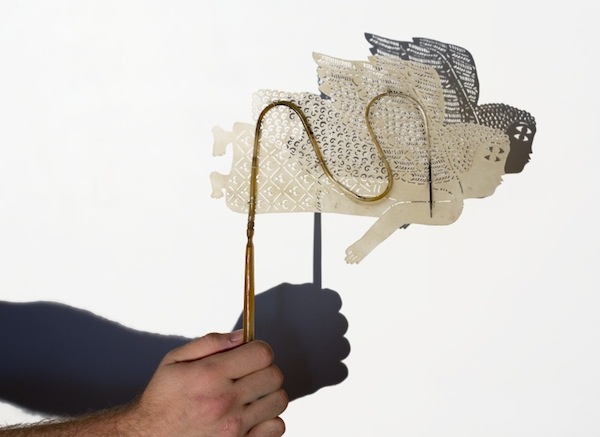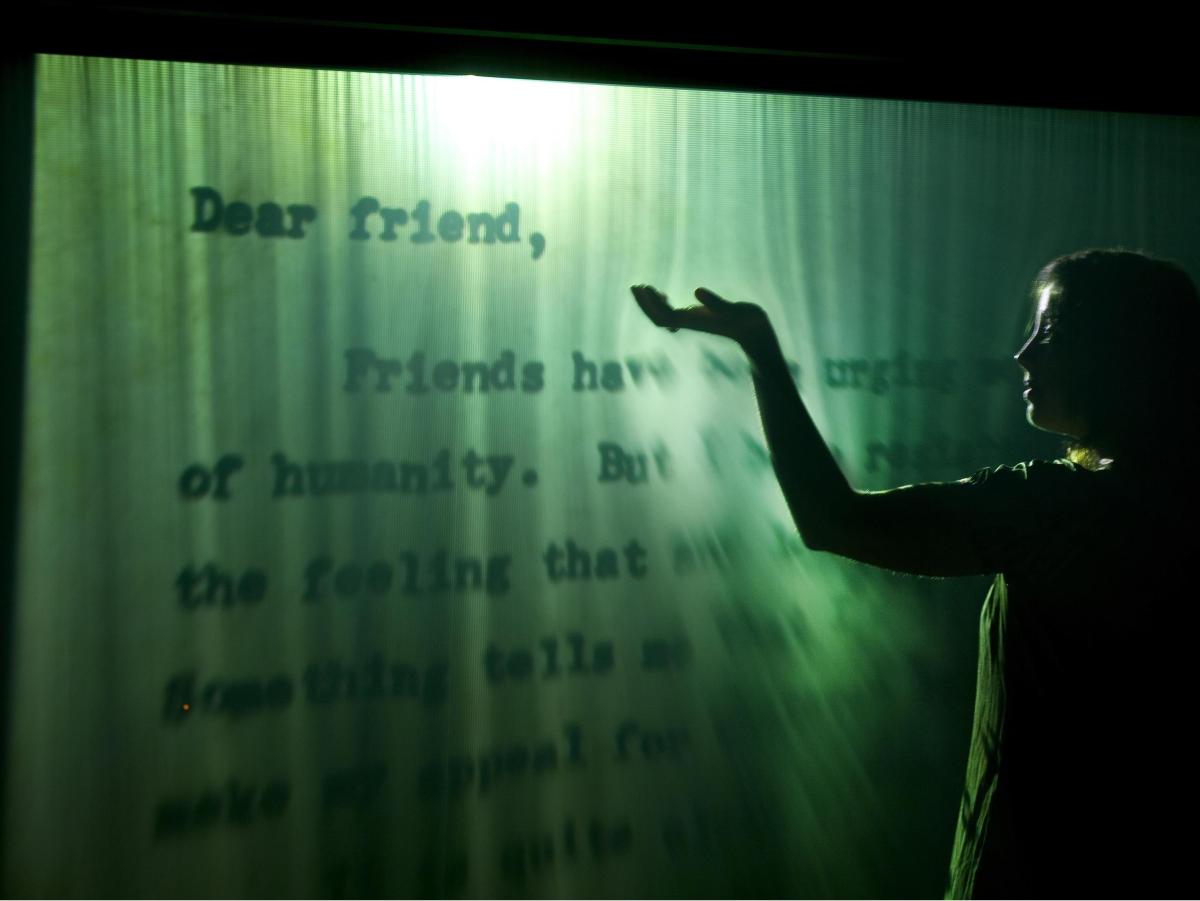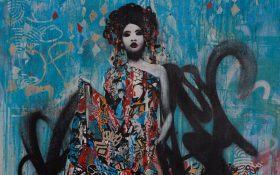Installation view Jitish Kallat’s Covering Letter (2012) at MCA; Image courtesy the artist and Burger Collection Hong Kong
As children we grow up with stories but we don’t stop needing stories when we graduate from picture books. Stories are also the currency of conversation, television drama and, constantly, the self-curated narratives on Facebook pages.
A recent study has revealed that ‘the most interesting and attractive person one might like to date is someone who likes to tell stories’, says artist Lee Mingwei.
Lee presents two artworks in a new exhibition at the Museum of Contemporary Art Australia, Telling Tales: Excursions in Narrative Form, which explores the nuances of often untold and geographically specific stories, while digging deep into the process of storytelling.
Lee continued: ‘I think storytelling can tell us a lot about who a person is – when a person tells a story it is all about how he/she sees the world, and how he/she digests and presents that narrative.’
MCA Chief Curator Rachel Kent said the exhibition moved beyond the idea of the story as words on a page, a book or a movie to embrace a range of media and experimental approaches to narrative.
‘It is about story telling, that is correct, but it is really about the ways in which artists tell stories – the approaches or methodologies that are used to convey a narrative.’
The exhibition opens on 2 June with a four-day opening weekend program. You can join founding member of Refugee Art Project, Safdar Ahmed, in a zine-making workshop, listen to a keynote talk by Jitish Kallat, be gifted with a song in Lee Mingwell’s Sonic Blossom, create woodblock prints using Russian typography with Emily Floyd, or catch the newly commissioned shadow play by Jumaadi.
Audiences complete the stories
In Telling Tales, stories are interactive. You can write, walk through or print a story.
‘When we think of narrative in the conventional Western format we might think of a story that has a beginning, a middle and an end. A lot of the works in this exhibition work against those conventions, so you may have a circular or repeated narrative, or you may have a series of fragments or clues from which you can assemble your own narrative or draw your own conclusions as the viewer,’ explained Kent.
Jitish Kallat’s installation Covering Letter (2012, pictured top) presents a different take on world history – a letter from the great Indian leader and pacifist Mahatma Gandhi to Adolf Hitler on the eve of the war.
It is projected in a cycle against a doorway of mist that visitor pass through; their movement sending the letter into illegible chaos.
‘It dissipates almost as if the body inhabits this intense correspondence between the greatest proponent of peace reaching out to the most brutal perpetrator of violence of that time – two extremes of human possibilities reaching out to each other with our body – that of the viewer inhabiting that correspondence,’ Kallat told ArtsHub.
In many ways we become witness as well as storyteller.
Kallat will give a keynote artist talk on Saturday 4 June, 2-3pm. ‘The talk it is interesting in that it has been lodged within the broader idea of narratives because that is what human beings compose their lives with – stories that they tell themselves or stories that they try to overcome,’ he explained.
Indonesian-Australian artist Jumaadi has created a play from Javanese stories that striate across time through the tradition of Shadow Plays.
Jumaadi said: ‘Storytelling is one of the fundamentals of humanity. There is a lot of emotion here in this exhibition; it is very well crafted and delivered not just as sentimental, but each artist finds their own way to deliver in their own language. We have a lot to learn from that.’

Detail shadow puppet by Jumaadi; Image courtesy the artist and MCA
You can catch Jumaadi’s story of a deaf musician who teaches the art of shadow play to his blind son where the power of communication is proven boundless, or equally find the emotional connections by joining founding member of Refugee Art Project Safdar Ahmed, in a Zine-making workshop and talk that will give insight into the Project and how art can be used as a tool for social awareness and political action, over the opening weekend.
Global stories, local voices
The exhibition contains stories from across the globe but it is anchored by the work of four senior Indigenous artists from a remote community in East Kimberly in Western Australia: Mabel Juli, Peggy Patrick, Shirley Purdie and Phyllis Thomas. ‘I would say they are linchpins for the project, for their ideas around story telling and the passing of knowledge,’ said Kent.
They will visit the MCA in July for a program during NAIDOC Week.

Installation view Lee Mingwei’s Sonic Blossom (2013-) performed by Jane Ede of Opera Australia; courtesy the artist
In Aboriginal tradition, the body, song and dance are key to this storytelling process. Taiwanese-born US-based Lee Mingwei uses the same techniques, song in his performance work Sonic Blossom.
‘The idea is very simple – when you come to the gallery you will see someone in a beautiful costume walking around; this person might come to you and ask “May I give you a gift of song?” They will seat you on the chair and sing one of the five Schubert’s lieders.
‘It is an encounter or gift giving between two strangers. It is incredibly intimate and nerve-racking as voice is something that is very naked,’ he explained.
Lee said the show created a harmony from different voices and stories. ‘This show has that element we all come from different social backgrounds and ethnicity and histories, and we all have our own voice but when we come together people can experience these stories on their own term and in own right – this exhibition respects you as a visitor.’
Telling Tales: Excursions in Narrative Form
Museum of Contemporary Art Australia
Opening weekend: 2–5 June
Exhibition: 2 June–9 October
Artists include Safdar Ahmed & the Refugee Art Project, Kate Daw, Emily Floyd, Mabel Juli, Jumaadi, Jitish Kallat, Bouchra Khalili, Lee Mingwei, Angelica Mesiti, Peggy Patrick, Shirley Purdie, Phyllis Thomas and Kerry Tribe.
Entry is free.





